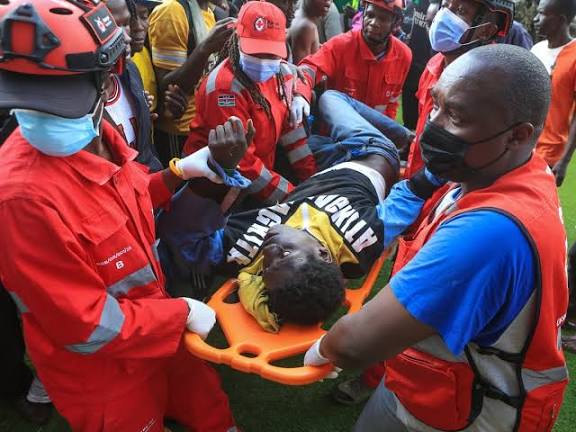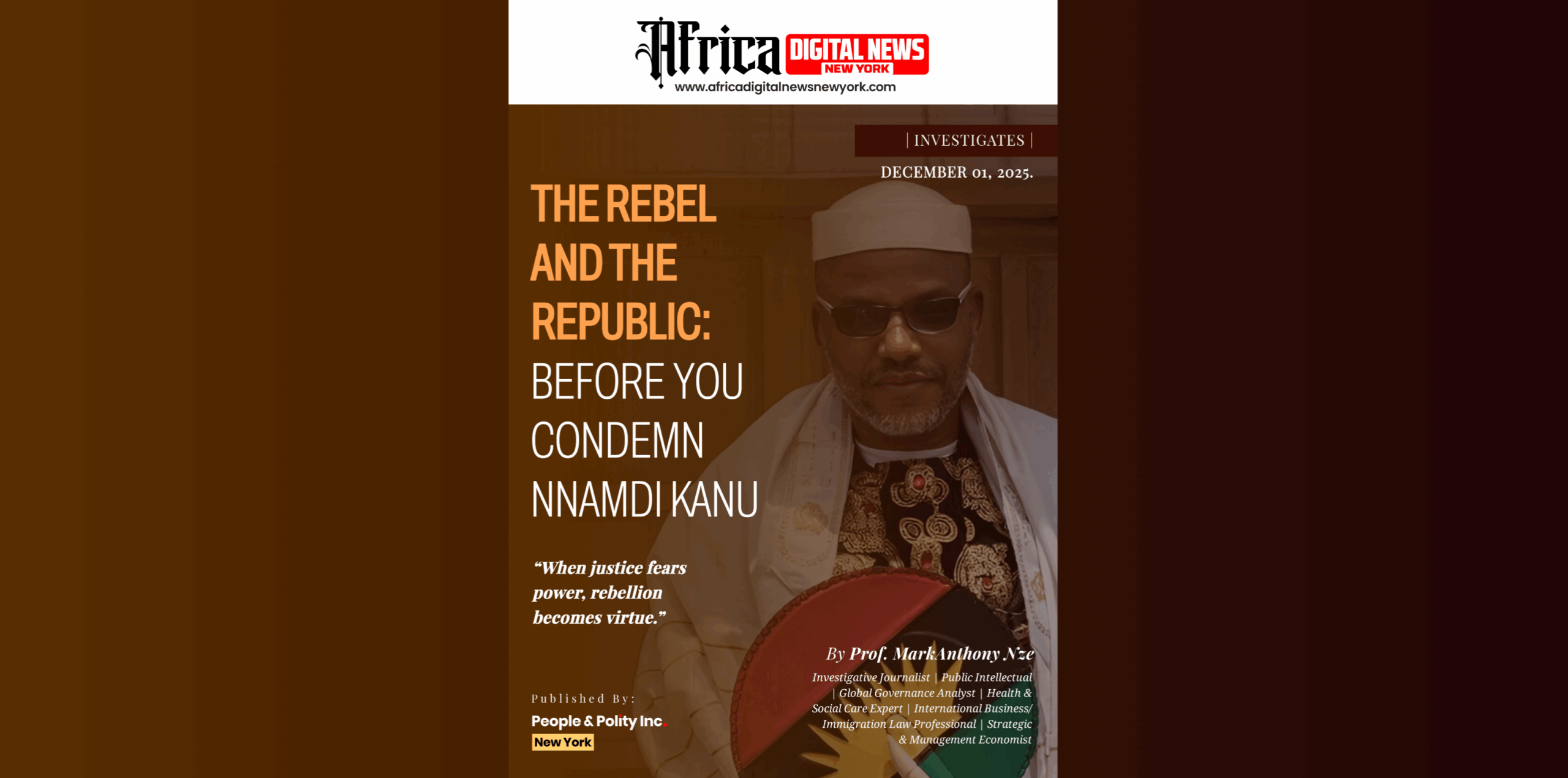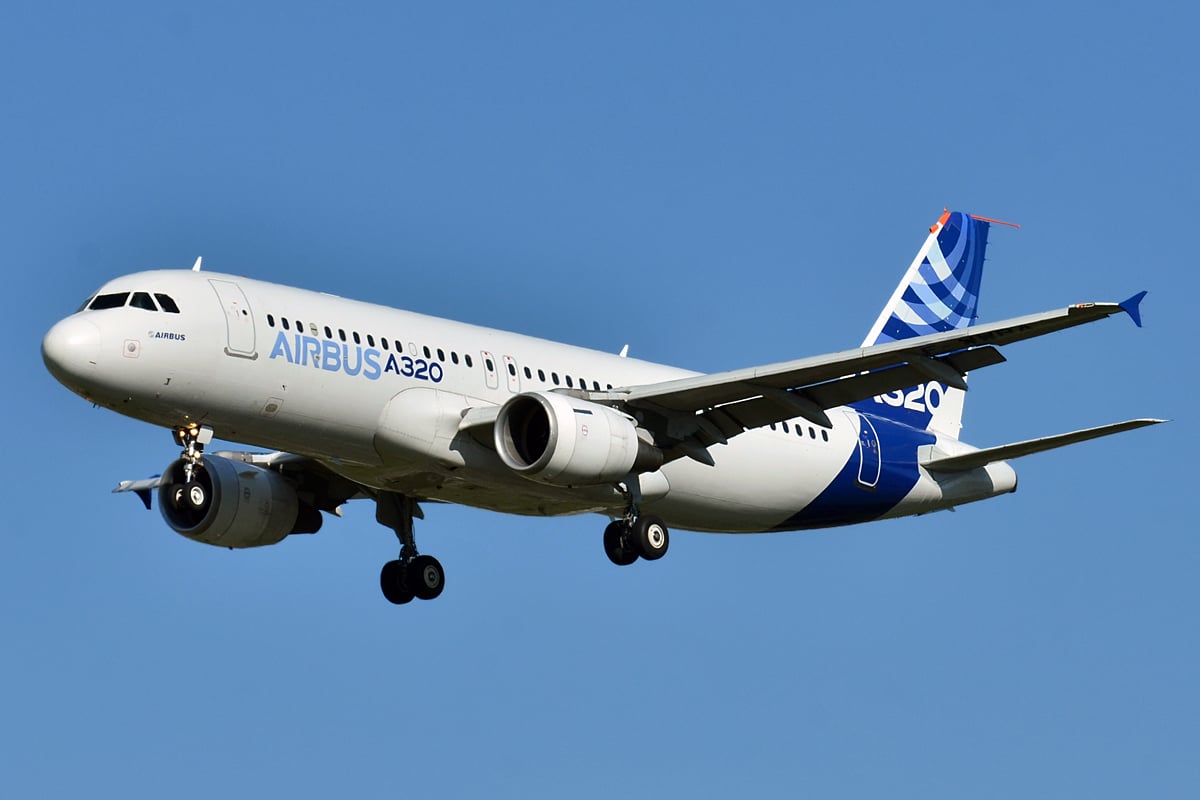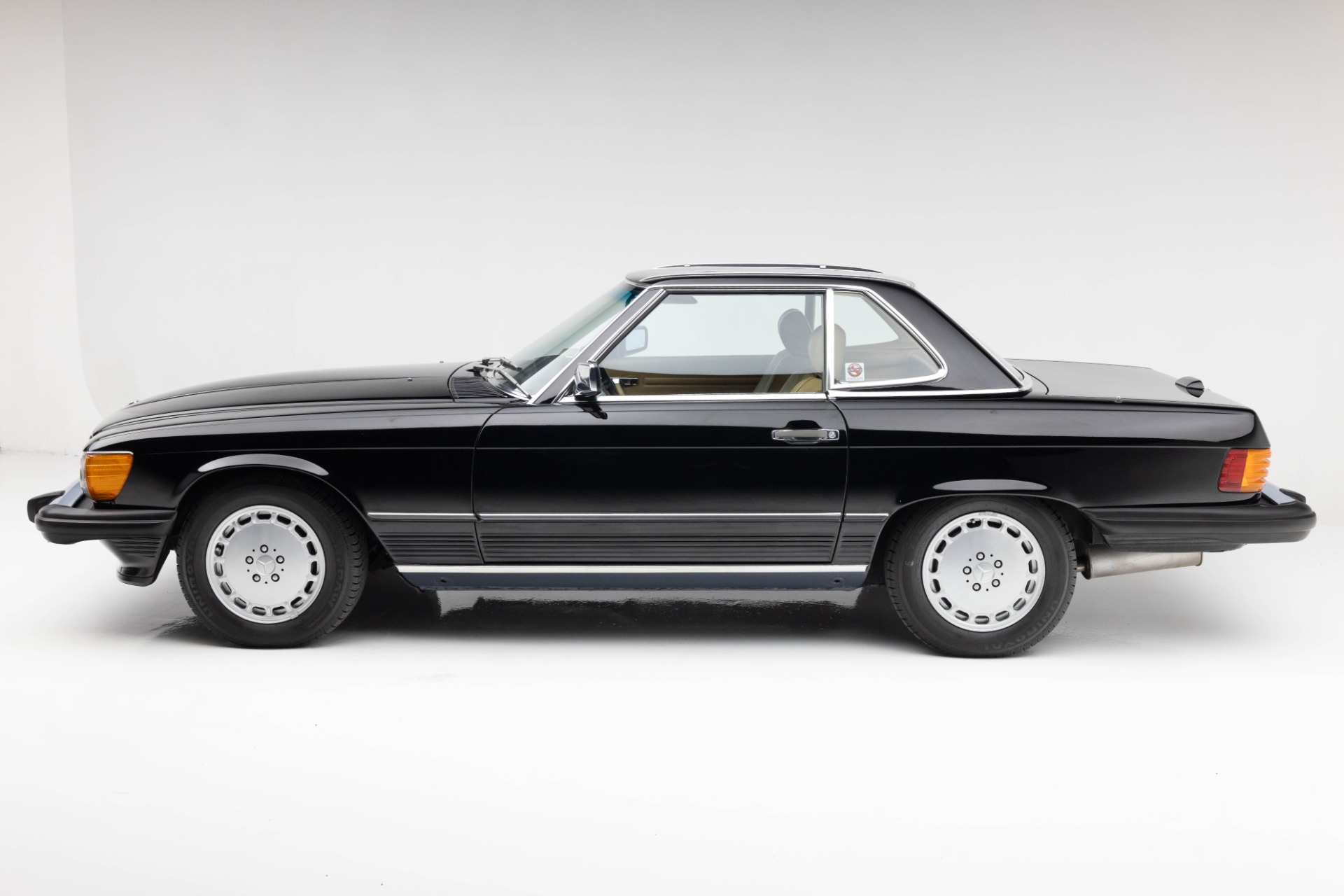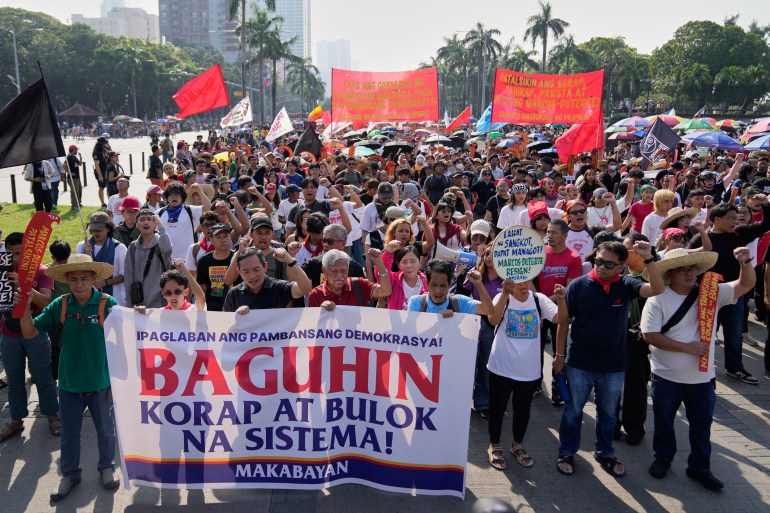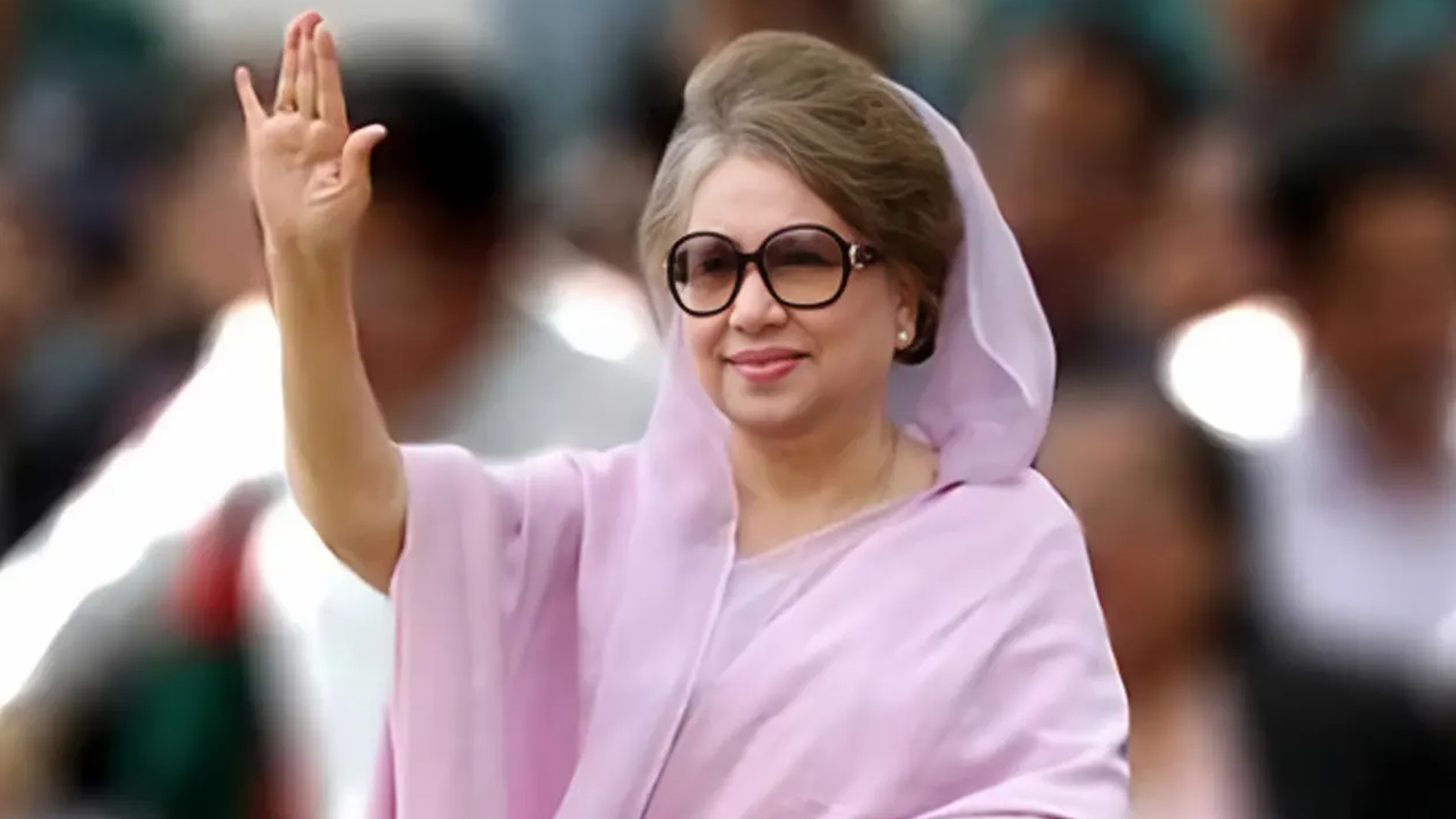At least four people were killed and several injured in Kenya’s capital on Thursday after police opened fire and fired tear gas to disperse crowds gathered to view the body of veteran opposition leader Raila Odinga, according to local media and Reuters witnesses.
Thousands of mourners had filled the streets of Nairobi from early morning, many chanting Odinga’s name and waving flags as his body arrived from India, where the 80-year-old had died the previous day while receiving medical treatment.
When mourners broke through a barrier at Nairobi’s largest stadium, where Odinga’s body was resting in state, trouble started. As the mob surged forward, security officers fired rounds into the air, according to a Reuters witness. Two people were shot dead at the location, according to police sources, although KTN News and Citizen TV later reported that the number had increased to four. As clouds of tear gas filled the stadium as mourners fled in fear, television images captured chaotic scenes.
‘’He fought tirelessly for multi-party democracy, and we are enjoying those freedoms today because of his struggle,’’ said Felix Ambani Uneck, a university student among those who had gathered to pay their respects.
Read Also: Raila Odinga Dies: Former Kenyan Prime Minister Passes At 80
Parts of Jomo Kenyatta International Airport were overrun by thousands of Odinga supporters earlier in the day, momentarily stopping operations for around two hours. President William Ruto and other high-ranking officials had assembled to receive Odinga’s body with due honors when the protesters interrupted a military ceremony. After groups of mourners tried to access the premises, where the government had originally scheduled a public viewing before relocating the event to the stadium, authorities also blocked off routes leading to parliament.
For more than 40 years, Odinga was a pivotal player in Kenyan politics, and his contributions to the nation’s fight for multi-party democracy earned him admiration from his fans. After being imprisoned for opposing one-party rule, he went on to serve as prime minister from 2008 to 2013 as part of a power-sharing agreement after the unrest that followed the election. For many Kenyans, particularly his Luo people in the west, Odinga remained a symbol of resistance and transformation despite his five unsuccessful presidential runs. His allegiances frequently changed; in 2018, he famously made amends with former President Uhuru Kenyatta, and in 2024, he made a political agreement with current President Ruto.
As the nation began a period of national mourning on Thursday, flags were flown at half-mast throughout Kenya. Although rights organizations have demanded restraint and an investigation into police behavior, officials have not yet commented on the circumstances surrounding the stadium deaths. Odinga’s family is expected to announce burial plans in the coming days. His passing marks the end of an era for a generation that fought for Kenya’s democracy — and for many, the loss of a leader who embodied their political

